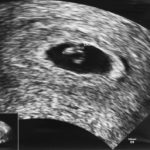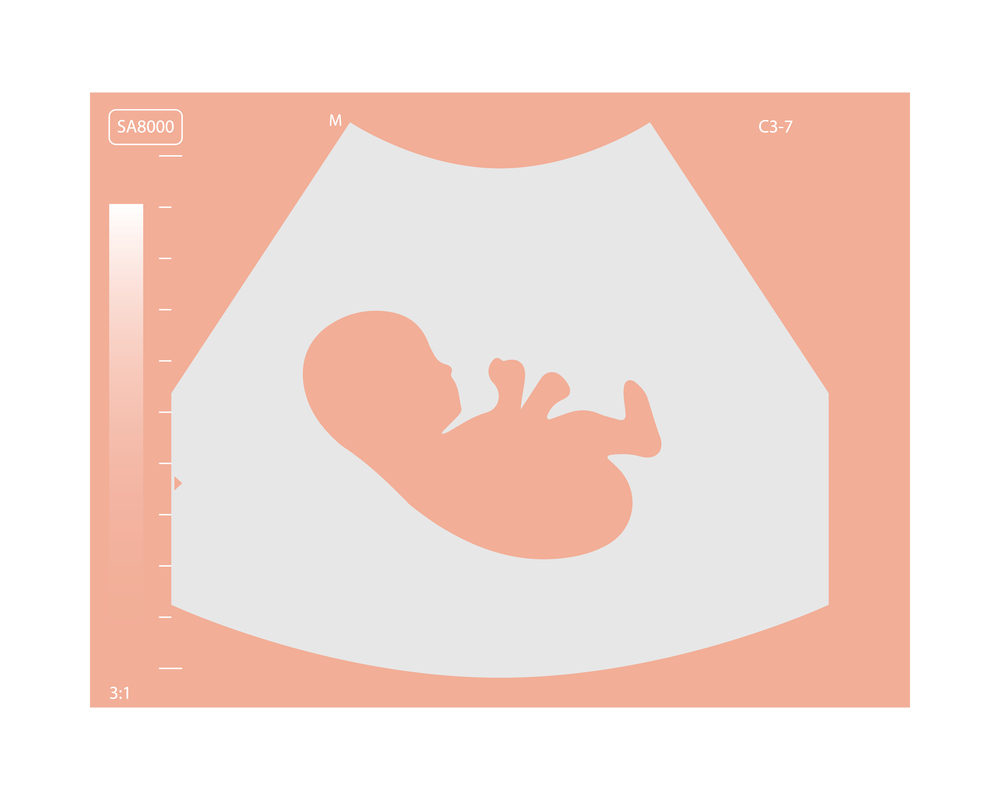What’s going on?
Your baby’s growth and development in utero goes on overdrive mode this week, while you continue to cope with the various symptoms of pregnancy.
Baby at Week 7
Your baby measures to about 1cm in size, which is approximately the size of a blueberry. Although still relatively small, he/she is 10,000 times bigger now compared to his/her size at conception a month ago.
At Week 7, your baby’s embryonic form is starting to evolve into human-like form, with emerging arm and leg buds, a beating heart and a tiny tail. Don’t worry too much about the tail though, that will disappear before you know it! At this point, most of the growth takes place in the head as new brain cells are generated – you’re looking at a rate of 100 new brain cells per minute.
Other growth highlights of this week are your baby’s mouth and tongue. What’s more, the kidneys are ready to go, and are about to start their important task of waste management. This means that your baby will start producing urine which will make up part of the amniotic fluid.
What is mum up to?
As your pregnancy progresses, this will bring on some changes to your cervix. By this week, you will develop a mucous plug, which is formed in the opening of the cervical canal and sealed off the uterus to protect your baby. As delivery day draws near, you will lose this plug as your cervix dilates to prepare for labour.
Since your immunity tend to weaken during pregnancy, it is important that you avoid being around people who are unwell during the early weeks of pregnancy. Do also take extra care when you are around certain animals – for example, ewes and lambs can pass on an infection which causes miscarriage, and cat litter can cause a parasitic infection called toxoplasmosis.
Top tips for Week 7
Your baby might be as big as a blueberry this week, but your breasts are growing at a much faster rate. Some women report to have grown a full cup size at Week 7, which is often accompanied with aches and tenderness. Although the pregnancy hormones are partly to be blamed for this, it could also be due to the fat stores and blood flow that are building up in your breasts.
Your nipples may be sticking out more, which makes them sensitive and tender to the touch. The areola (the dark area around the nipple) is now darker and larger, and will continue to grow and darken in colour over the next few months. Also, you might also notice some goosebumps spots on the areola, which are called Montgomery tubercles that help to moisten and lubricate the areola.
Although all these changes to your breasts might be tiresome and challenging to go through, they are gearing up to prepare your body for the all-important task of breastfeeding when your baby is born.
READ NEXT
























